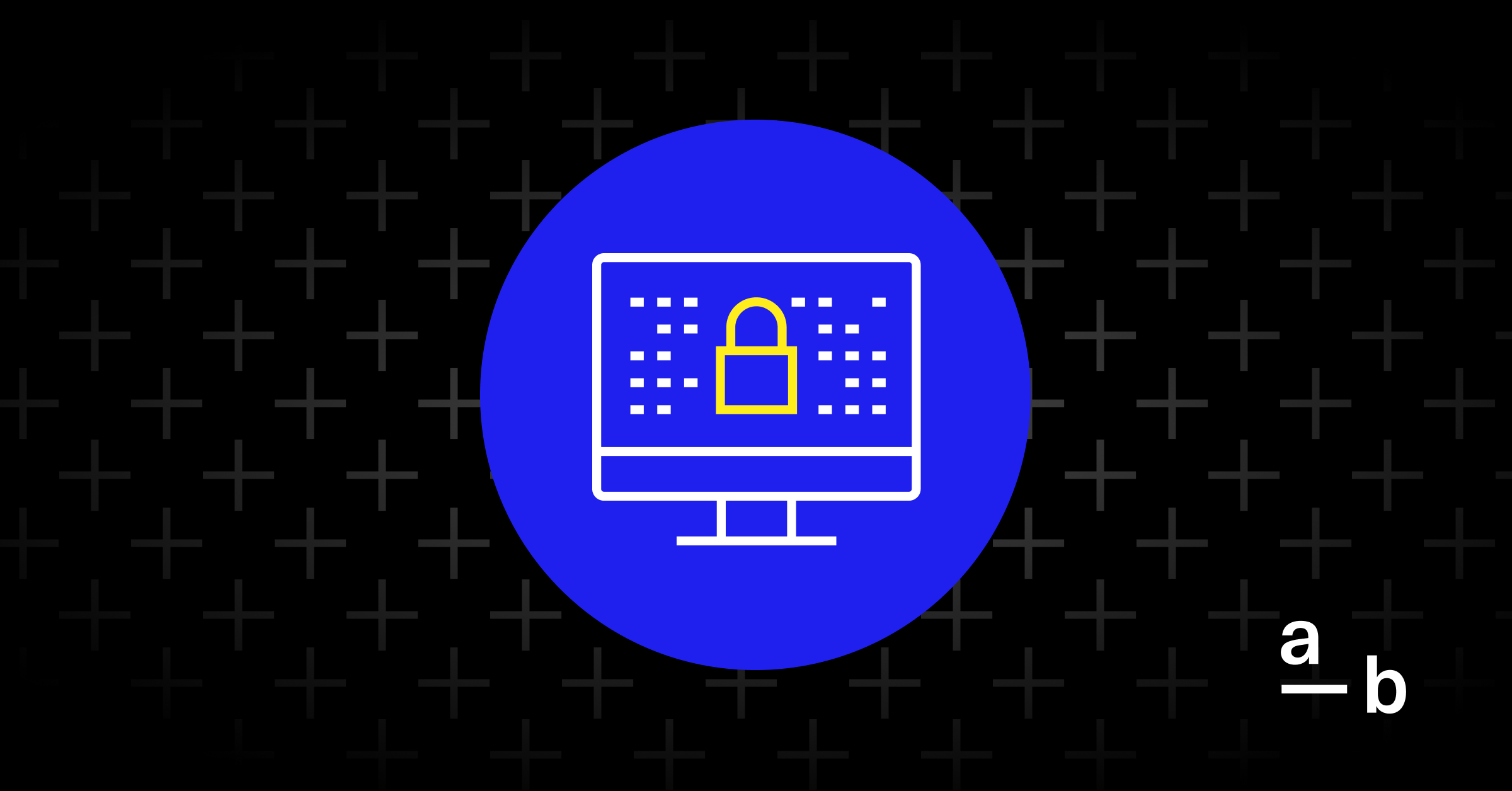Article
Digital Forensics and Incident Response (DFIR) 101 — What you Need to Know
An introduction to DFIR and how it helps identify, remediate, and investigate cybersecurity incidents
A single cyber attack can potentially shut down a business, and small and medium-sized businesses (SMBs) are especially at risk: 76% of SMBs reported that they were impacted by at least one cyber attack in 2021.
Getting back to business after an attack isn’t easy. When a business is impacted, sales are interrupted, sites and stores shut down, and customers lose trust in the brand. In a 2022 CNBC survey, 55% of U.S. respondents said they would be less likely to continue doing business with companies that are breached.
Few SMBs have the expertise on hand to understand, fix, and recover from a security breach. A significant number of small business owners feel unprepared and understaffed for responding to evolving threats and face challenges in hiring experts and training their workforces. That’s why digital forensics and incident response are a crucial component of a cyber insurance policy: to help businesses minimize damage and get back on their feet quickly in the event of a breach.
Digital forensics and incident response (DFIR) is a specialized practice within the larger cybersecurity field that’s focused on identifying, containing, remediating, and investigating cyber incidents, as well as future-proofing businesses against similar attacks.
Digital Forensics: Tracing the Trail of Cyber Crime
Digital forensics is pretty much what it sounds like. Think NCIS, but instead of physical crime scenes, experts examine digital ones like unauthorized computer system access, the method of attack used (such as remote desktop protocols, email compromise, exposed ports, etc.), and the path the intruder took once inside. Just like in NCIS, forensics experts meticulously reconstruct the crime scene — in this case, to help identify and close off the vulnerabilities that were exploited.
Although digital forensics comes first in the DFIR acronym, it’s not as time sensitive as incident response. Forensics calls for methodical back-engineering and poring through historical data. Findings must be thorough and well-documented as they may be used in civil or criminal court proceedings. For that reason, the process can take a while.
The Digital Forensics Process
Forensics investigators must discover, preserve, analyze, and document as much evidence of the security breach as possible.
This is a painstaking and exacting process. Investigators work in a highly-secure environment and carefully maintain a chain of custody so the evidence they gather remains protected and tamper-proof, because their findings must hold up in a court of law.
Specific steps can vary, but broadly, this process involves:
- Evidence collection and acquisition: The forensics team creates an exact duplicate of all media in question and retrieves electronically stored information from affected devices.
- Data analysis and assessment: Team members sort and examine the authenticated data they’ve collected to help investigators build a case that can be presented in court.
- Documentation and reporting: Investigators synthesize everything they’ve gathered and recreate the crime scene in a form accessible to law enforcement officials, attorneys, judges, and jurors who may not have security expertise.
Incident Response: Minimizing Damages, Cost, and Recovery Time
Incident response broadly refers to the overarching process an organization follows to prepare for, detect, contain, and recover from a data breach.
With incident response, speed is crucial for protecting and restoring assets. Attacks aren’t instantaneous; breaching perimeter controls typically takes time. A timely alert to any unauthorized behavior can halt further access, limit the damage to critical company files, and ultimately be the difference between a partial or a full shutdown of critical business systems.
Beyond that, incident response helps organizations recover from the attack and remediate legal, financial, and/or reputational damage.
The Incident Response Process
Incident response actually starts before an attack hits, with a comprehensive plan in place that helps investigators know how to begin responding immediately.
Like digital forensics, specific processes may vary, but the National Institute of Standards and Technology lists four broad steps:
- Preparation: This encompasses establishing an incident response function in your organization (so you can be ready when a breach occurs), and securing your existing systems, networks, and applications.
- Detection and analysis: This includes distinguishing malicious activity from benign anomalies (such as a server failure or human error) and determining the incident’s scope, origin, and attack method (like what tools are being used and what vulnerabilities are being exploited).
- Containment, eradication, and recovery: This means responding quickly to halt the intrusion before it causes further damage, eliminating the breach by securing the point of attack (for example, eradicating malware and disabling breached user accounts), preparing to return to normal operations, and preventing similar attacks going forward.
- Post-incident activity: Each incident response team reviews what happened and how they reacted, to make sure their plan evolves to reflect new threats, improved technologies, and lessons learned.
Why are Digital Forensics and Incident Response Combined?
Digital forensics and incident response are typically combined because incident response alone won’t necessarily go far enough to make you safer.
The knowledge gained from forensic analysis is often necessary for a full picture of the breach. Understanding the root cause of an attack helps develop an informed incident response to remediate the issue and prevent another similar incident.
Cyber Insurance Claims and DFIR
With the average data breach (for a business with a public cloud) costing $5 million in 2022 — not to mention the reputational damage — it’s crucial for businesses to have immediate access to DFIR expertise to help halt and remediate an incident as quickly as possible.
For a business experiencing a breach, it can be extremely costly to take extra time to evaluate which DFIR vendor has the most appropriate service or the best price. Ideally, access to DFIR expertise should be available to businesses through their cyber insurance policy, so that there’s no delay between filing a claim and getting expert-led incident response as well as, if applicable, a digital forensics investigation.
This is a mutually beneficial partnership between insurer and insured. By providing DFIR services — whether in-house or third-party — cyber insurance providers can help reduce the severity of claims. Businesses that get access to DFIR services through their insurance policy can therefore limit loss and reputational/legal damage and recover more quickly after an event.
The At-Bay Claims Process
At-Bay’s in-house Claims team is focused on quickly getting policyholders back on their feet in the event of an attack. Our team has handled thousands of claims — from complex ransomware incidents to SMB wire fraud to large-scale privacy incidents at Fortune 500 companies — so they’re well prepared to develop an appropriate response to any type of incident.
After a claim is reported, our Claims team assembles a panel of experts and partners to launch an incident response plan tailored specifically for your company. This team handles all aspects of the incident from the beginning to the end of the claim.
If DFIR services are necessary, our Claims team will assess your needs and recommend a partner from our panel of expert vendors. The options in our panel include our in-house DFIR team, At-Bay Response & Recovery, which is closely integrated with our claims process.
Strong Incident Response Starts Before a Breach
It’s impossible to prepare for all contingencies, but don’t wait for an attack to happen before you consider your incident response and preparedness.
Taking care to maintain a strong security posture and having a DFIR plan can go a long way toward helping you avoid severe damage and serious business disruption in the event of a cyber attack.
Go to at-bay.com/security to learn more about how an insurance policy with At-Bay can help you reduce your cyber risk and get back to business faster in the event of a breach.





